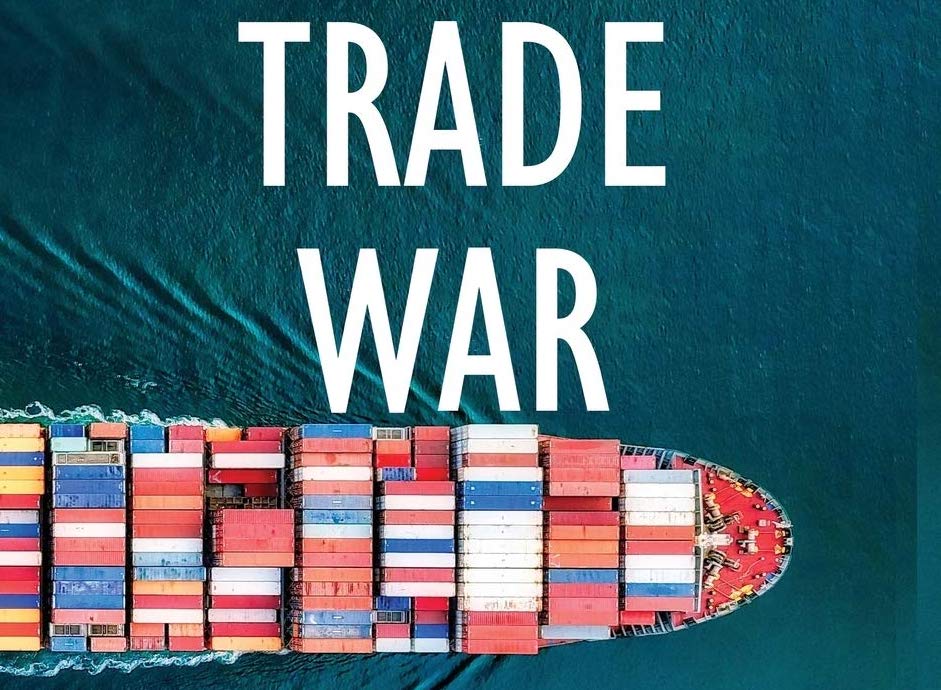Was The World’s ‘Northern-Most Island’ Erased From Charts?
by Kevin Hamilton (University of Hawaii) In 2021, an expedition off the icy northern Greenland coast spotted what appeared to be a previously uncharted island. It was small and gravelly,...


Today the decorum of trade negotiations has been replaced with a trade war reality show leaving the world as a whipsawed spectator. For the first time in history, the curtain of trade negotiations has been torn off, creating a turbulent, emotional environment of fear, anxiety, and hope. Global markets and businesses both large and small are trying to navigate the Twitter storms of President Trump—the threats, declarations of winning, and blame. This rhetoric has intentionally buried and distorted the truth of the trade war.
That is, until now.
Best-selling author Lori Ann LaRocco has written a detailed examination of the current global trade and tariff wars, entitled: Trade War: Containers Don’t Lie, Navigating the Bluster. The book tells the true story of the trade wars through the experiences of American farmers, industry, ports, and markets, in the words of those involved and impacted, and with the trade data, which does not lie.
The flow of trade is agnostic and does not play favorites. Ninety percent of the world’s trade is transported by water. The magnitude of the water superhighway is extraordinary. More than 9 billion tons of cargo—the equivalent of more than a ton for each person in the world—is transported by over 86,000 ships each year. This tremendous volume provides the tea leaves for divining the story of trade negotiations.
China is not the only country in a trade war with the United States. It is a multifront war involving Turkey, Russia, the E.U., Japan, and India. Canada and Mexico were also included but recently worked out a trade deal, which has still not been ratified by Congress. This global trade war has impacted U.S. industries ranging from agriculture to steel, motorcycles to whiskey.
Some markets were simply wiped out with the stroke of a pen.
“Our European buyers told us they wanted to put all shipments on hold until the trade talks get settled out,” said Tom Lix, CEO of Cleveland Whiskey. “Once the tariff was official, shipments were then canceled. The E.U. made up 15 percent of our overall revenue. Now it’s gone.”
According to the U.S. Soybean Export Council (USSEC), the United States soybean industry would need to have a 92 percent market share with every country that is importing soybeans right now to make up for the loss of trade with China. The volume of the trade shows the uphill battle of the soybean farmer.
Ms. LaRocco has dug deep into U.S. trade, and while businesses have been successful in expanding into new or existing markets, the fact is China is not buying, and the empty bucket of China is difficult to fill. “It takes seven Vietnams to make a China,” explained Gene Seroka, executive director for the Port of Los Angeles, the United States’ largest port.
The changing patterns of trade reveal the truth. Containers don’t lie.
Join the gCaptain Club for curated content, insider opinions, and vibrant community discussions.


Join the 105,922 members that receive our newsletter.
Have a news tip? Let us know.
Access exclusive insights, engage in vibrant discussions, and gain perspectives from our CEO.
Sign Up




Maritime and offshore news trusted by our 105,922 members delivered daily straight to your inbox.



Essential news coupled with the finest maritime content sourced from across the globe.
Sign Up